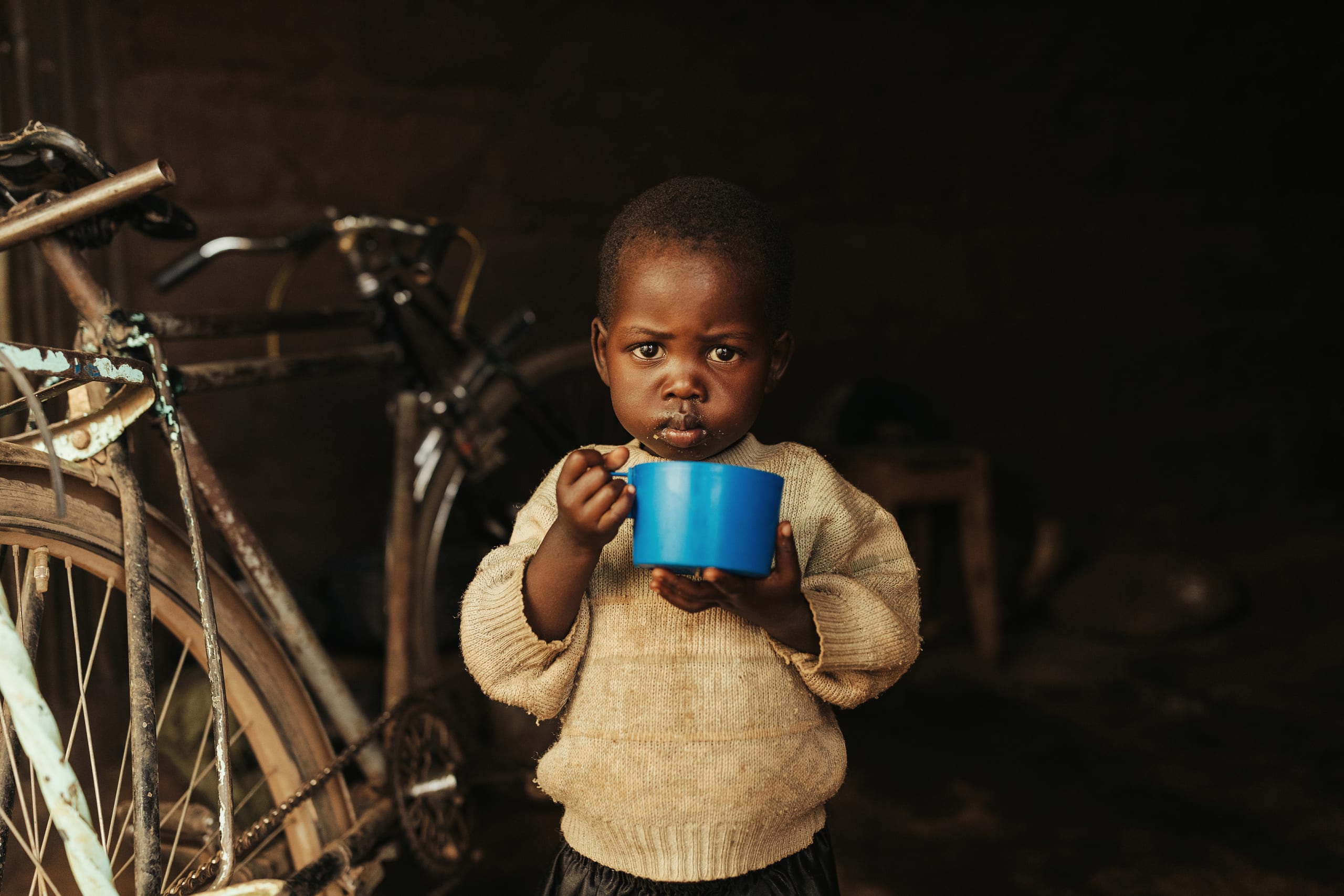The world is facing a global food crisis. We have all experienced its effects in some way or another, whether it’s prices, shortages or stock in our own grocery stores. But for the most vulnerable in our world, it has created a hunger emergency that is life-threatening. Learning more about this global food crisis is the first essential step in ensuring that children and families in poverty have the support they need to navigate this crisis. We’re so glad you are here.
On this page:
Let’s start with some stats.
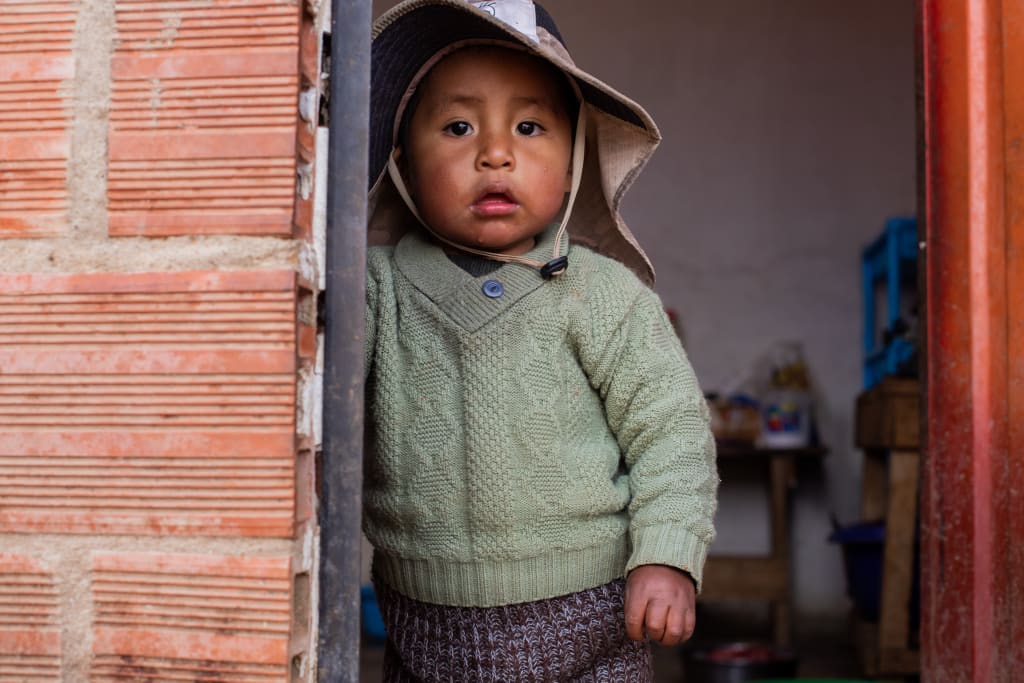
The global food crisis is a complex one. Factors such as conflict, inflation, drought and the pandemic have all contributed to creating acute food insecurity and malnutrition for many around the world. In fact, 828 million people will go to bed hungry tonight while 345 million people are facing acute food insecurity in 82 countries. Extreme weather and drought have a total of 50 million people in 45 countries teetering on the edge of famine.
“There are almost 22 times more people facing hunger in the world today than the entire population of Canada.”
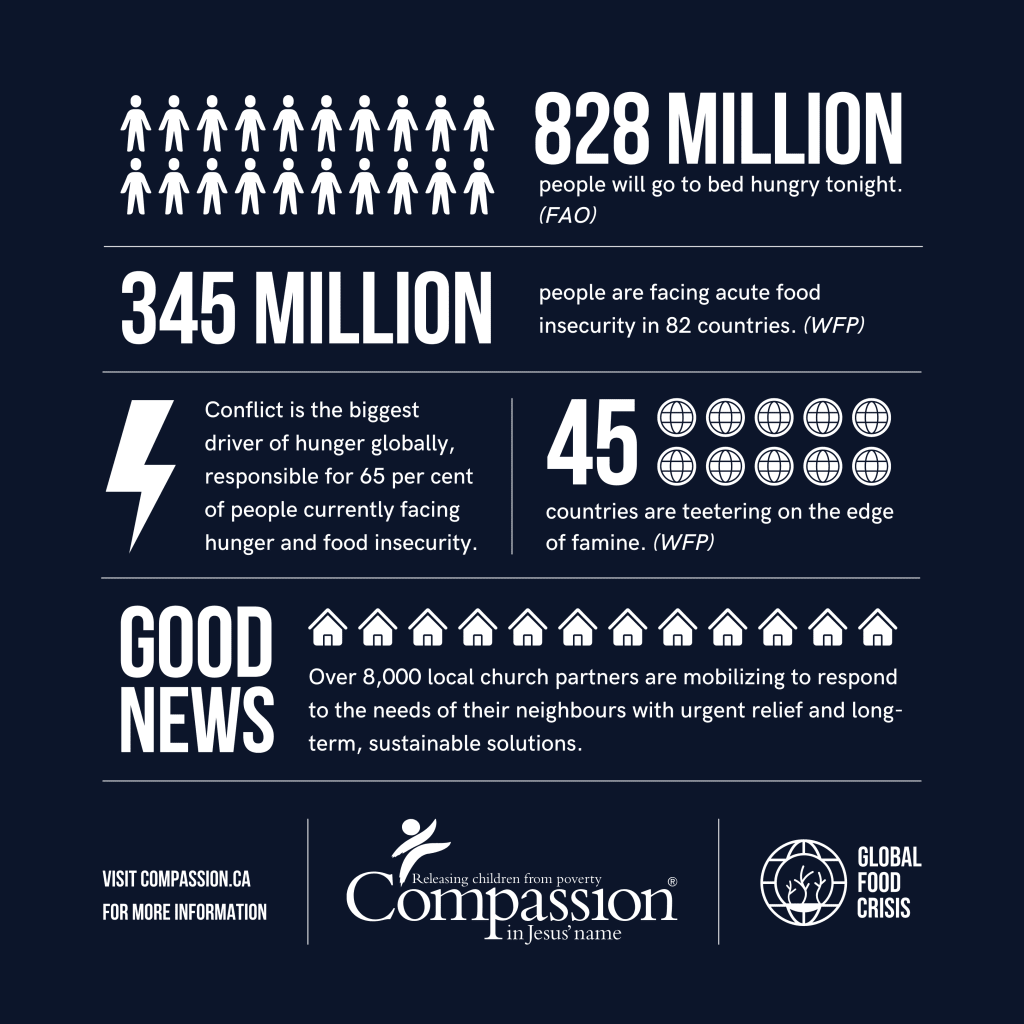
Statistics can tell us a lot about what the world is facing. Learning more about poverty, children, hunger and more can equip us to respond to the needs of others. Big numbers can be overwhelming, but they are often the catalyst for life-changing action.
Psst! Want to learn more? Read more stats here.
So, what’s the impact on children?

Of course, whenever there is a crisis, it is the vulnerable who suffer the most. Those living in extreme poverty—living on less than $2.15 a day—face exposure to this crisis in life-threatening ways. One out of five children live in extreme poverty, and the negative effects of poverty and deprivation in the early years have ramifications that can last a lifetime. This means that the global food crisis directly impacts children not only now, but for a lifetime.
WATCH: Hear about the global food crisis from Sidney Muisyo, Compassion International’s Senior Vice President of Global Program.
Currently, the data suggests that one in five children are chronically malnourished. These numbers tell us something crucial: there is a correlation between extreme poverty and chronic malnourishment in children.
But malnourishment isn’t the only impact that the global food crisis will have on children. Hunger impacts children in many ways and has a lasting impact on their lives.
Learn 4 ways the global food crisis impacts children
Will you step into the story?
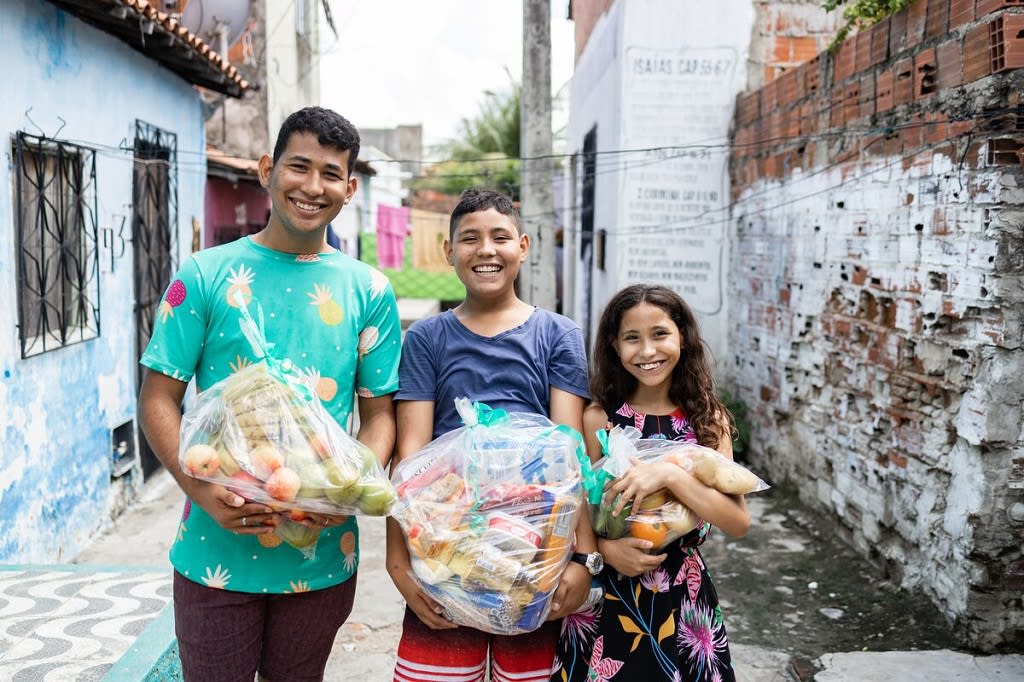
The best way to learn is to step into someone else’s story. Take a moment to read through these stories of children and families who are experiencing the life-threatening effects of the global food crisis and how their local churches are stepping in to provide hope and help.
- Read Thamilselvi’s story and learn more about the global food crisis.
- Read Valdilene’s story to hear the voices of hunger and hope.
Stories are powerful tools to help us engage with big realities. They remind us that taking action doesn’t need to solve the world’s problems in one moment—none of us can do that on our own! When we respond to a need, we can change the reality for one child, one family at a time. And for that family, you’ve changed their world. When each of us acts out of a place of love and compassion, that’s when we see the world change—one story at a time.
Now’s the time to respond.
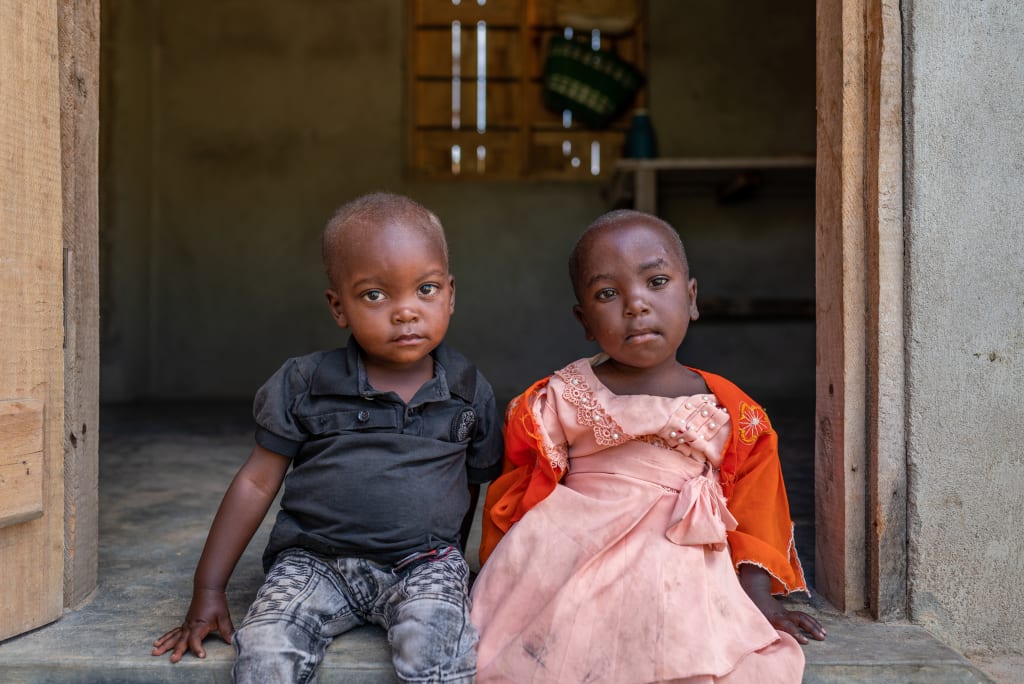
Now that you’ve learned how urgent the global food crisis is, you can take action for children in poverty. Prayerfully consider how you can use your influence to make a difference.
1. Share
We need people like you to share about this important issue. You can use your influence to inform others of what you’ve learned. Here are a few ways you can share about the global food crisis:
- One-on-one: Share a statistic you’ve learned, a story you’ve read or something that impacted you as you’ve learned about the global food crisis.
- Small group: Share a video, read a story, host a discussion or even walk through this Learn & Respond page together as a group to engage with the global food crisis more deeply.
- Social media: Share a picture or video on Instagram, repost a Compassion blog on Facebook or Twitter or create your own post to help bring awareness to the global food crisis.
Sharing on social media? Here are some more great posts to share:
- An infographic about the Global Food Crisis on Instagram or LinkedIn.
- How to pray for the Global Food Crisis on Instagram or Facebook.
- A video about the Global Food Crisis on Instagram, Facebook, LinkedIn, or TikTok.
- A helpful blog on the Global Food Crisis on Facebook.
- An infographic about how the global food crisis impacts children on Instagram or LinkedIn.
- An infographic about how Compassion is responding to the global food crisis on Instagram or Facebook.
- A video about the Meal for a Family gift from Gifts of Compassion on Instagram or Facebook.
2. Fundraise
We need people who will raise funds so that real, tangible action can be taken to help feed and support children. You can use your influence to fundraise.
3. Pray
Wherever there is great need, we need people of prayer. You can use your influence by committing to praying with us for the global food crisis.
Pray for the global food crisis
“’…For I was hungry and you gave me something to eat, I was thirsty and you gave me something to drink, I was a stranger and you invited me in, I needed clothes and you clothed me, I was sick and you looked after me, I was in prison and you came to visit me.’ Then the righteous will answer him, ‘Lord, when did we see you hungry and feed you, or thirsty and give you something to drink? When did we see you a stranger and invite you in, or needing clothes and clothe you? When did we see you sick or in prison and go to visit you?’ The King will reply, ‘Truly I tell you, whatever you did for one of the least of these brothers and sisters of mine, you did for me.’”
Matthew 25:35-40

